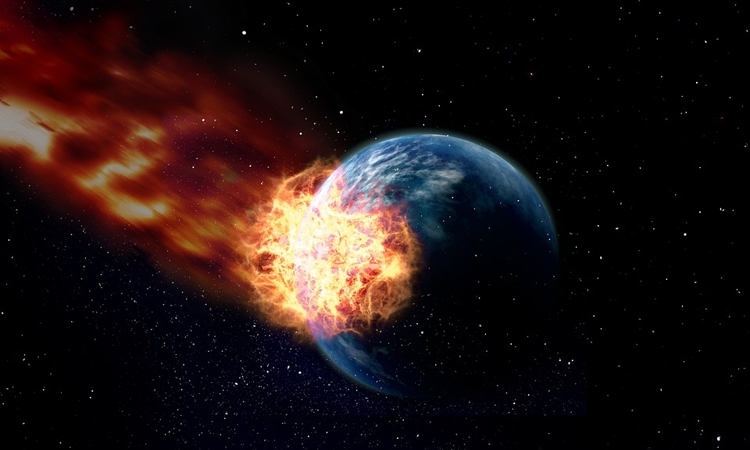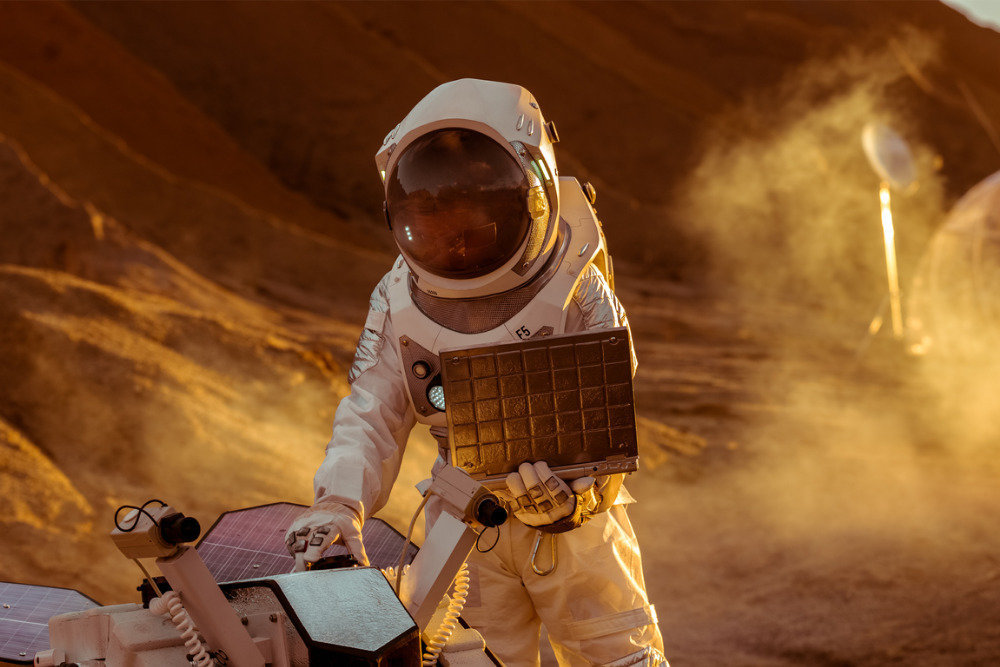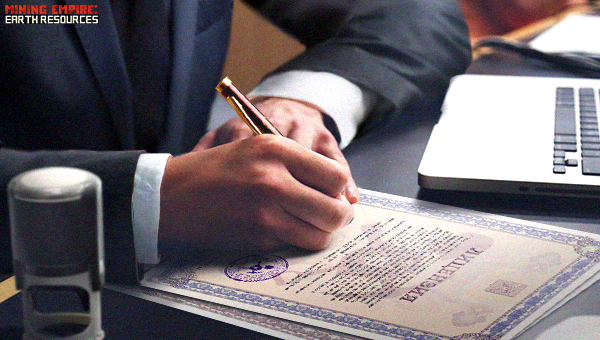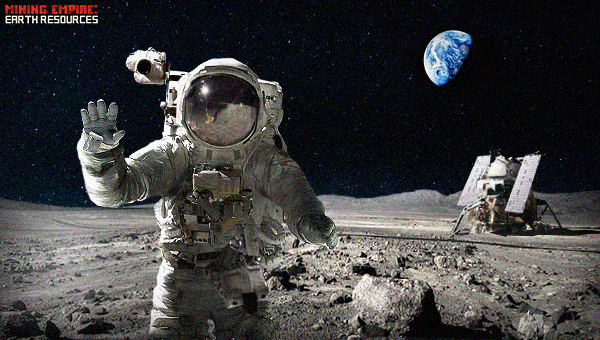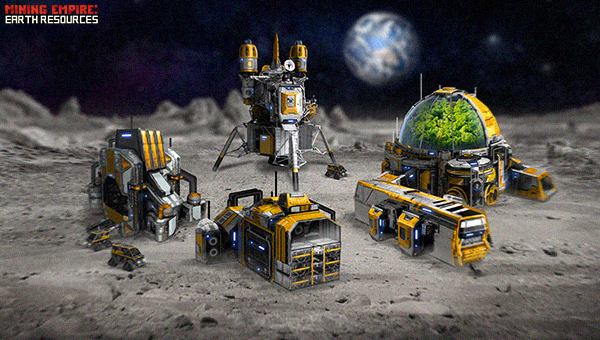
The colonization of the Moon is one of the main strategic goals of astronautics.
The lunar base is a unique place for maintaining scientific experiments in the field of planetology, astronomy, cosmology, space biology, and other disciplines. The study of the lunar crust is vital for tracing both the evolutionary history of the solar system and the emergence of life. The absence of the atmosphere allows building optical and radio telescopes on the lunar surface, which are able to get much more detailed images than with using terrestrial telescopes.
An important reason for the colonization of the Moon is also the presence of minerals on it, the reserves of which are coming to an end on the Earth (helium-3) or the delivery of which to the orbit is too expensive (iron, aluminum, titanium). On the Moon there are deposits of water ice - a source of water, oxygen, hydrogen. In some cases, it is easier to use lunar material than to deliver it from Earth.
According to the experts' assessments, the Moon contains at least 1 million tons of helium-3, which will fully provide the thermonuclear energy of mankind for a period of more than 1000 years. Today it takes approximately 30 tons of helium-3 to supply the entire population of the Earth for a year. The extraction of helium-3 and the change-over to thermonuclear energy is especially important, given the fact that the hydrocarbons reserves on Earth will dry up in about 50-90 years.
The deep vacuum and the availability of cheap solar energy open up new horizons for electronics, metallurgy, metalworking and materials science. In fact, the conditions for the processing of metals and the creation of microelectronic devices on Earth are less favorable because of the large amount of free oxygen in the atmosphere, which deteriorates the quality of casting and welding, making it impossible to produce ultra-pure alloys and chip substrates at huge volumes.
Due to its impressive landscapes and exoticism, the Moon will most likely be a viable space tourist destinations, which can attract a significant amount of funds for its development, contribute to the popularization of space travelling, encourage many people to study the lunar surface. Space tourism will require certain infrastructure solutions. Infrastructure development, in turn, will contribute to a more extensive lunar penetration.
